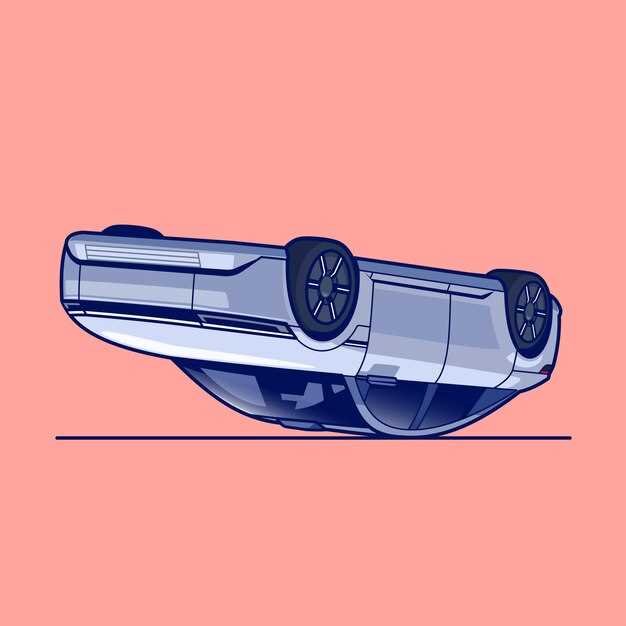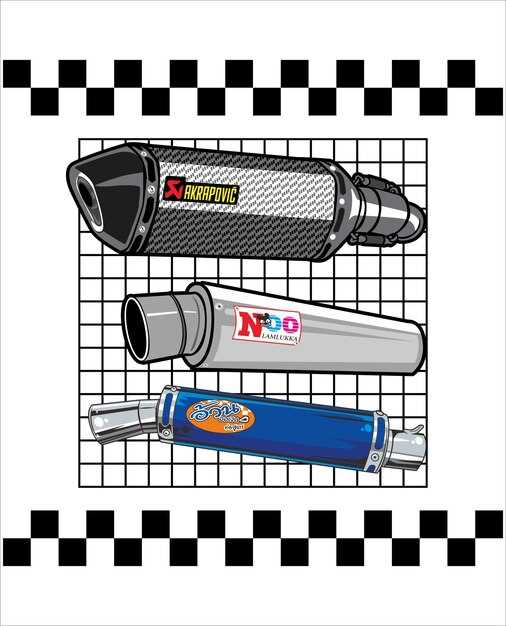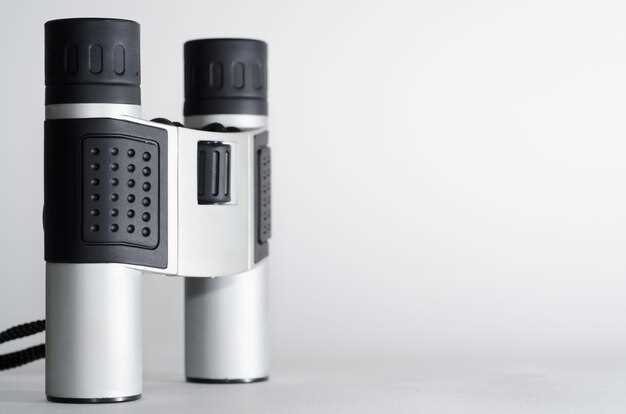
The thrill of driving a Japanese Domestic Market (JDM) vehicle goes beyond its performance and aesthetics; one of the most essential aspects is the unique sound produced by its exhaust system. For automotive enthusiasts, achieving the perfect sound is just as important as enhancing horsepower and torque. Modifying the exhaust system is a popular way to unlock that classic JDM rumble, making your car not only more powerful but also more authentic in its auditory presence.
To embark on this journey toward true JDM sound, it is vital to understand the components of the exhaust system. Key elements such as the downpipe, mid-pipe, and muffler play crucial roles in shaping the character of the sound. Each modification not only impacts the volume but also the tone and timbre, contributing to the overall driving experience. Selecting the right combination of parts can transform a mundane exhaust note into a symphony of revs that resonates with enthusiasts and onlookers alike.
In this article, we will explore various exhaust mods tailored specifically for JDM vehicles, discussing their effects on sound quality and performance. Whether your goal is to achieve a deep, guttural growl or a high-pitched scream, understanding how different modifications work together will help you create a sound that truly defines your automotive identity. Get ready to dive into the world of exhaust modifications and discover how to elevate your JDM sound experience to new heights.
Choosing the Right Exhaust System for JDM Vehicles

When selecting an exhaust system for your JDM vehicle, the primary focus should be on achieving the desired sound profile while enhancing performance. Various factors influence this choice, including material, design, and compatibility with your specific make and model.
Material plays a significant role in both durability and sound quality. Stainless steel is a popular choice due to its resistance to rust and corrosion, producing a crisp, clean sound. Conversely, mild steel systems tend to offer a deeper tone but require more maintenance to prevent deterioration.
Next, consider the design of the exhaust system. Cat-back systems, which replace everything from the catalytic converter back, are favored for their ability to provide a substantial increase in sound and performance. Alternatively, an axle-back system is more cost-effective, replacing only the muffler and tailpipe, offering a moderate change in sound without a significant impact on performance.
Additionally, assess the compatibility of the system with your vehicle’s specifications. Not all exhaust systems fit every model, and correct alignment is crucial to avoid unwanted vibrations and potential damage. Researching user reviews and consulting with experts can help ensure you select a system that meets both performance and sound expectations.
Moreover, consider regulations regarding noise levels in your area. While a loud exhaust may enhance the JDM sound experience, excess noise can lead to legal issues. Striking a balance between sound and compliance is essential for an enjoyable driving experience.
Ultimately, choosing the right exhaust system for your JDM vehicle involves careful consideration of material, design, compatibility, and sound preferences. This thoughtful approach will not only enhance your vehicle’s performance but also ensure that you enjoy the true essence of JDM culture.
Key Modifications to Enhance Exhaust Sound Quality

To achieve a true JDM sound experience, several key modifications can enhance your vehicle’s exhaust system. Each modification contributes to a more aggressive and refined exhaust note, catering to the preferences of enthusiasts.
1. Cat-Back Exhaust System: Upgrading to a cat-back exhaust system is one of the most significant changes you can make. This system replaces the stock exhaust components from the catalytic converter back, allowing for improved flow and a deeper, more resonant sound. Choosing a system designed specifically for your make and model ensures optimal performance and sound quality.
2. High-Performance Headers: Replacing stock headers with high-performance versions can drastically alter the exhaust note. Headers improve exhaust flow by reducing restrictions, resulting in a more aggressive sound. Additionally, they can provide a noticeable power increase, complementing the auditory upgrade.
3. Muffler Selection: The choice of muffler plays a crucial role in the overall sound profile of your exhaust system. Performance mufflers are engineered to create a specific tone, and selecting one that matches your desired sound will enhance the auditory experience. Consider chambered or straight-through designs for a more pronounced growl.
4. Resonator Delete: Many stock exhaust systems include resonators to quiet down sound. Removing the resonator can produce a louder and more aggressive exhaust note, which is favored by many JDM enthusiasts. However, be mindful of potential drone at cruising speeds.
5. Exhaust Tips: While they may seem like a cosmetic upgrade, the design of exhaust tips can influence sound quality. Larger or uniquely shaped tips can enhance the depth of the exhaust note and create a distinctive sound that sets your car apart.
6. Tune-Up and Remapping: Pairing exhaust mods with an ECU remap or tune can maximize performance and sound. Adjusting fuel maps and timing improves engine efficiency and can modify the exhaust note, bringing it in line with the upgrades made.
By implementing these modifications, you can transform your vehicle’s exhaust system into a true expression of JDM culture, delivering not only enhanced sound quality but also an exhilarating driving experience.
Maintenance Tips for Optimal Performance of Upgraded Exhaust Systems
To ensure your upgraded exhaust system delivers a true JDM sound experience, regular maintenance is essential. Start by inspecting the system for rust and corrosion, as these can hinder both sound quality and exhaust flow. Keep an eye on all metal components, especially on older vehicles, where exposure to moisture can lead to deterioration.
Check for leaks in the exhaust system, particularly at the joints and connection points. Any leaks can significantly alter the intended sound and performance. Use a flashlight to visually inspect these areas, and consider using soapy water to identify leaks–bubbles will form at the site of escape.
Ensure that all mounts and hangers are secure. Over time, these components can loosen, causing vibrations that affect sound quality and system integrity. Tightening secure points will minimize movement and maintain the desired acoustics.
Regularly clean the exhaust tips to prevent build-up of soot and debris. This not only keeps your exhaust looking good but also helps maintain optimal sound output, as a clean tip allows exhaust gases to exit freely.
Consider periodic professional inspections. Technicians can provide insights into any wear and tear that might go unnoticed. They have specialized tools and knowledge to evaluate the health of your exhaust system effectively.
Lastly, monitor engine performance. Poor engine function can lead to subpar exhaust performance. If you notice changes in sound or power, investigate underlying engine issues that might be affecting your upgraded exhaust system’s performance.




